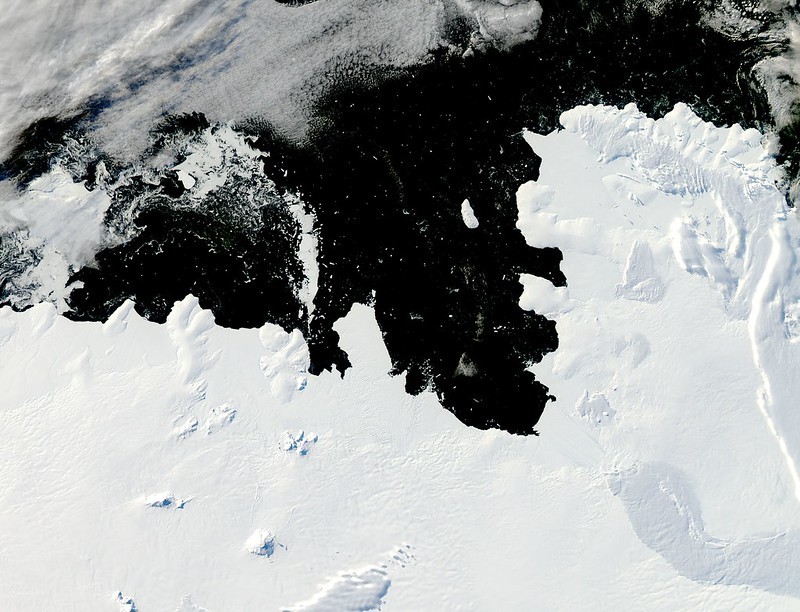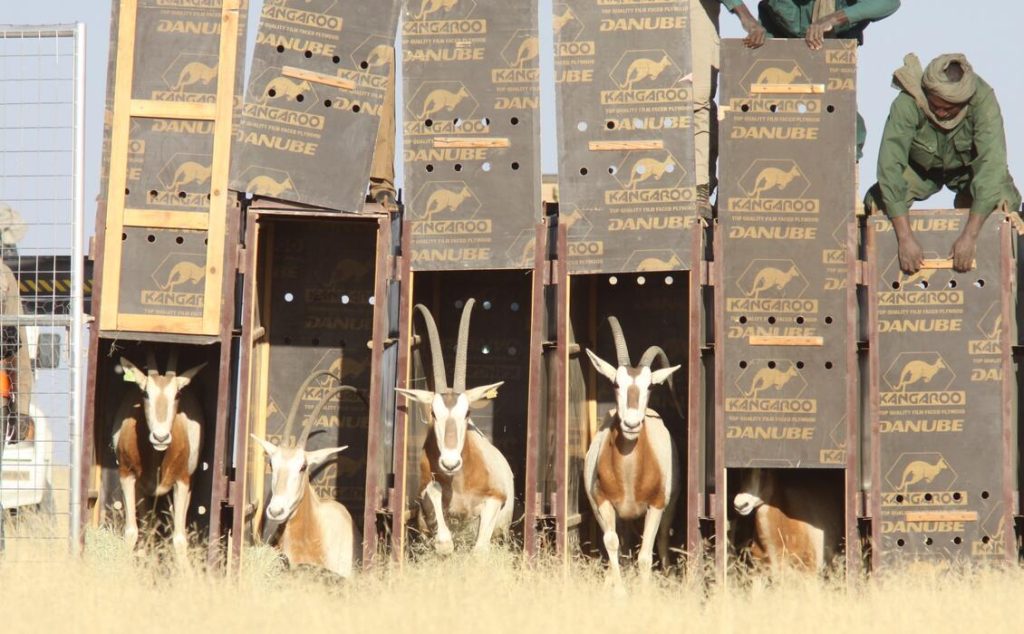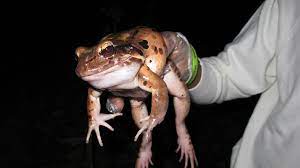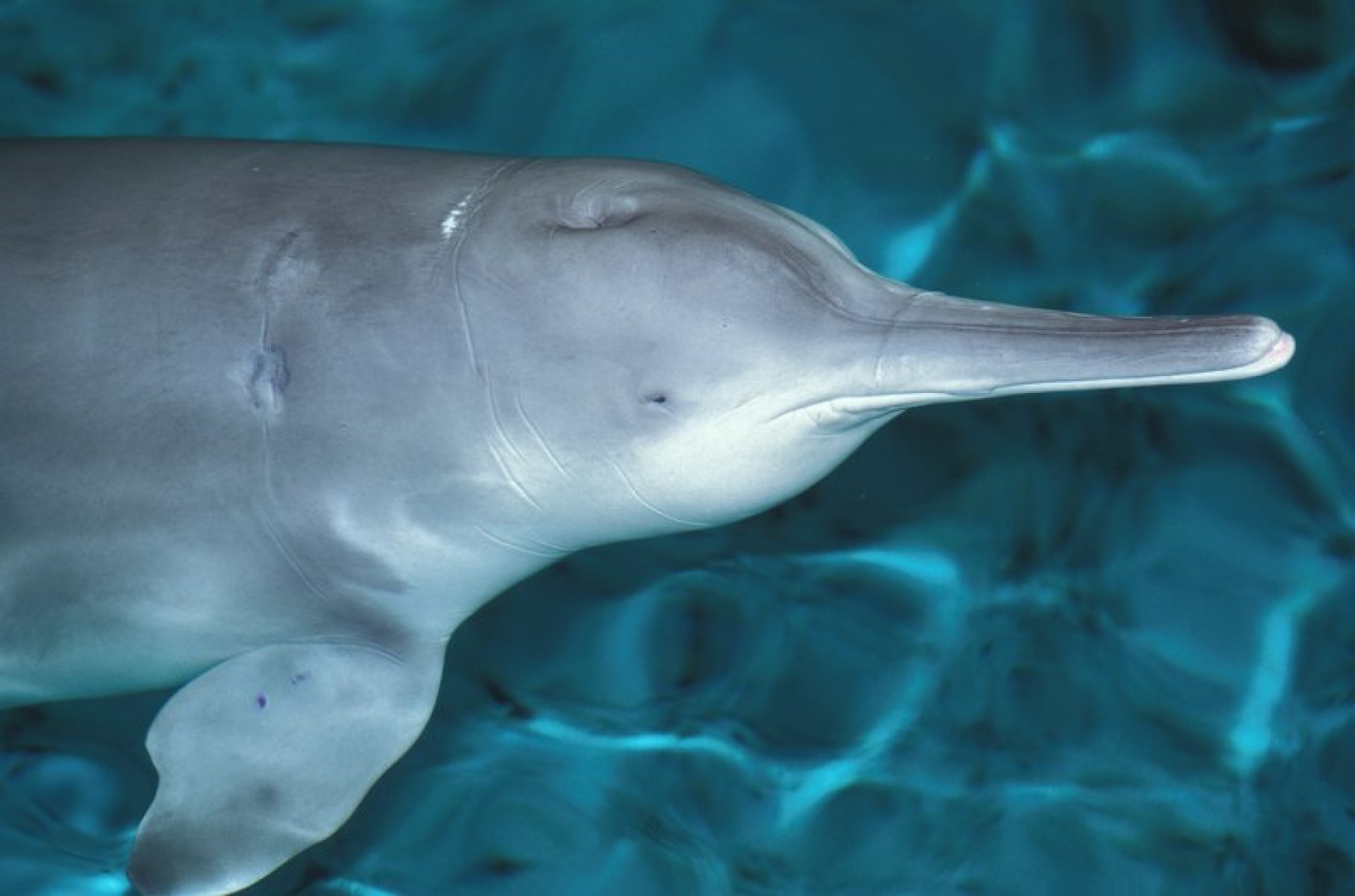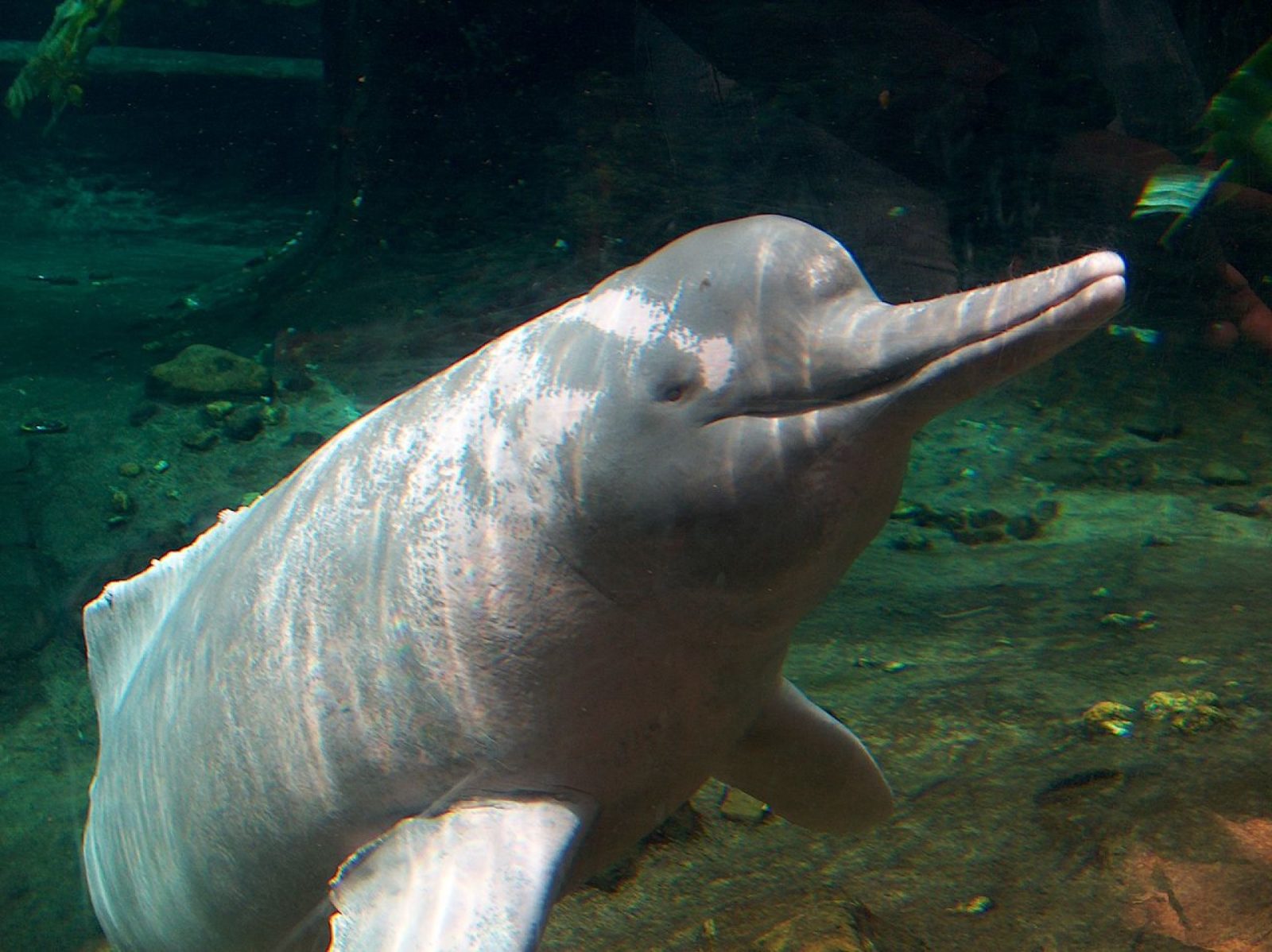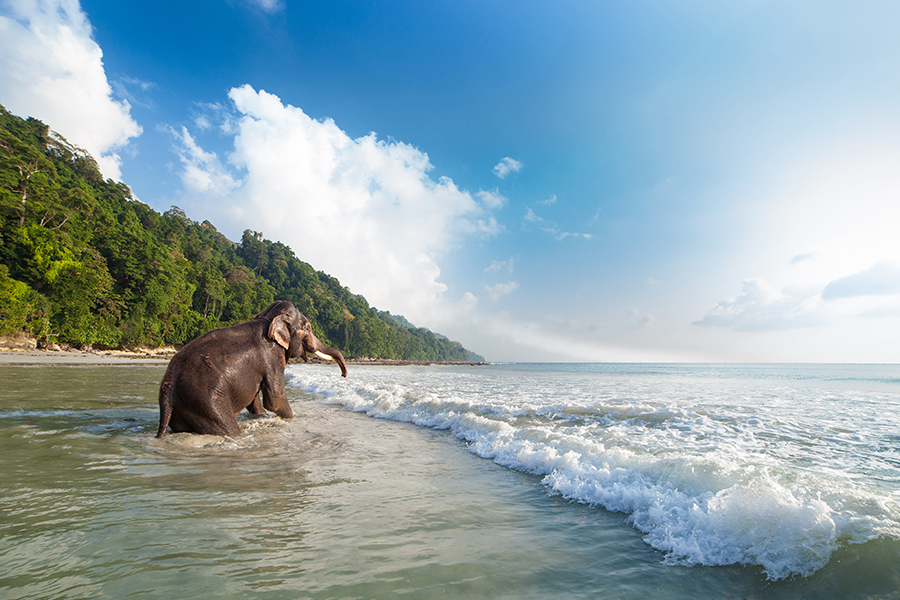
Around the world, there are invasive species – from grey squirrels in the UK, to Macaques on Gibraltar, however, all these pale on comparison to having to live with wild elephants.
The elephants were bought to the Andaman islands in the late 19th century, to work in the timber operation, which continued until the last few decades. Thankfully, much of the forest in the islands survives – with some islands retaining almost 90% forest cover. This means that the elephants might well be able to thrive into the future.
The islands lie 850 miles from the coast of India, which means that while elephants would not have existed natively on the islands, there are many species which would be found in the same area.
Interview Island and North Andaman hosts these elephants – though they need to be watched, as a population of 100 elephants is already small, but if split between 2 islands, humans may well have to be helped to remain genetically varied enough to survive long-term.
While some have suggested that the elephants have damaged biodiversity, with some species having become less common, this ignores the impact of the timber extraction – it is far more likely that this is an impact of the many decades of pulling specific trees out of the forest.
Given the endangered status of the Indian elephant, this population is precious, but whether it can be left where it is long-term is something we do not know. There are still roughly 30,000 elephants in India, but the Andaman island elephants are going to need to be watch, long-term, to make sure that they do not damage species only found in their new home.

